



Monitoring of Natural Zones
Prior to development of ecotonic zones, project will monitor the existing ecotone zones which are characteristic for the Pilica basin in the context of their efficiency in nutrient load reduction (phosphorus and nitrogen), and biodiversity.
Monitoring of the ecotone zones efficiency is based on an analysis of the following aspects:
-
Quality of water in the first aquifer based on data received from the piezometer network (water level, temperature, conductivity, pH, mineral forms contents and dissolved nitrogen and phosphorus)
-
Quality of surface water (discharge, dissolved oxygen contents temperature, conductivity, pH, mineral forms contents and total nitrogen and phosphorus
-
Plant species composition (phyto-sociological photos), assessment of seasonal changes in plant biomass, and nitrogen and phosphorus contents in plant tissues),
-
Soil (structure, contents of assimilable forms of nitrogen, potassium and phosphorus, organic matter contents, soil reaction and humidity)
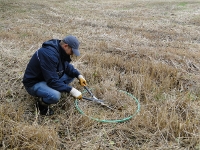
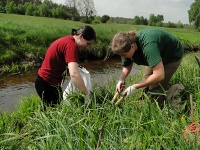
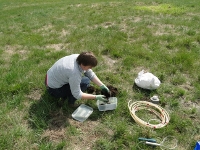
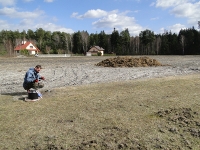

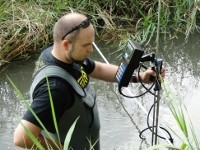
Under Action A.2.1., plant communities characteristic for the Pilica basin and growing in ecotone zones characteristic for valleys used for agricultural purpose have been selected based on literature data and field visits:
1. Reed-field type ecotone zone; areas in the valley of the Strawa River (the Luciąża tributary) in the vicinity of Kałek village represent this type of ecotone,
2. Ecotone zone characterised by herb and meadow communities; areas in the valley of the Radonka River in the vicinity of Marianka village and in the valley of Ojrzanka River in the vicinity of Faliszew village represent this type of ecotone,
3. Ecotone zone with elements characteristic for willow shrubs; areas in the valley of the Luciąża River in the vicinity of Mierzyn village represent this type of ecotone,
4. Ecotonic zone with elements of marshy meadow; areas in the valley of the Strawa River in the vicinity of Kałek village represent this type of ecotone.
Additionally ecotone zones have been selected in drained areas as they represent a large area in the Luciąża basin. Assessing impact of drainage ditches on the rate of transformation and pollution discharge is a key element. Such an area has been identified in the valley of the Luciąża in the vicinity of Kłudzice village.
LIFE+ EKOROB Project team would like to thank all the persons who have consented that the research will be delivered in private land and agreed to cooperate under this project. Thank you!























